Exploring new cultures, traditions, and connecting with indigenous communities brings a unique dimension to travel. In Tunisia, I decided to visit such places to delve into local customs and meet people who preserve their unique traditions.
I was particularly intrigued by the Berbers, who call themselves Amazigh, meaning “free people” in a loose translation. They are the indigenous inhabitants of North Africa. Importantly, the Berbers continue to cultivate their traditions and language. The term “Berber” originates from the Latin word barbarus, meaning “barbarian.” However, at the time, the true meaning of the word as we know it today was not understood.
Table of Contents
Where Do the Berbers Live?
Their presence spans from Egypt to the Atlantic Ocean and from the Mediterranean Sea to the Sahara. The largest Berber populations are in Morocco and Algeria, with 6 to 7 million people still speaking their language. They also inhabited the Canary Islands, where they were known as the Guanches. In this post, I will focus solely on Tunisia, where you can also explore Berber culture. We’ll head to Tataouine.
Tataouine
Picturesque Berber towns like Chenini and Douiret are located in southern Tunisia, in the Tataouine region. Interestingly, the Berber language is still used in these villages, highlighting the region’s cultural heritage. This is also evidence that the history of these places is not confined to the walls of ancient ksars; it proves that culture and tradition remain alive.
Both towns are situated in the mountains and equipped with ksars—fortified granaries perched atop hills to provide safety and secure food supplies. These ancient Berber settlements, located high in the mountains, resemble fortress ruins. Access to the ksars—places filled with storage niches—is via steep stairs and ladders. They were used to store provisions, ensuring the residents’ safety against raids and harsh climatic conditions.


Chenini
Chenini is one of the most famous places associated with the Berbers in Tunisia.
The oldest granary structures on the hillside date back to the 12th century! Notably, in 2023, around five hundred Berber shepherds and farmers still lived in Chenini’s rock-hewn homes. The village is known for its cave dwellings, which provided thermal insulation—cool in the heat and warm on cold nights. Strolling through it, you can admire a labyrinth of narrow streets, ruins of traditional granaries, and breathtaking views of the surrounding mountains.
It’s worth knowing that the town also stands out for a site believed to be the tomb of the Seven Sleepers (Saba’a Rijal), making it a pilgrimage destination.
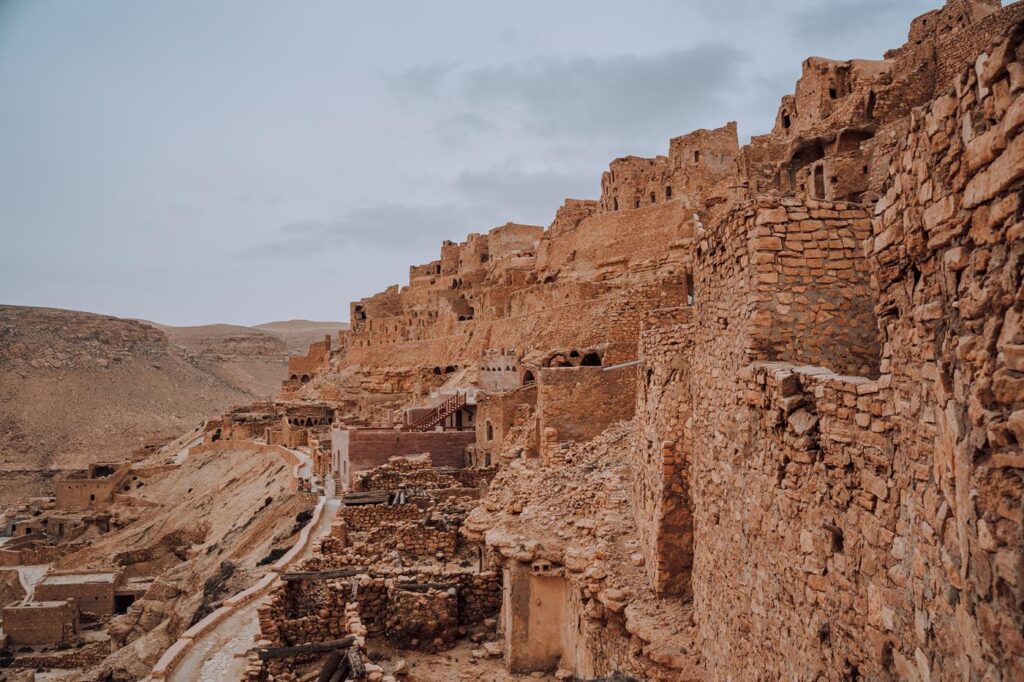
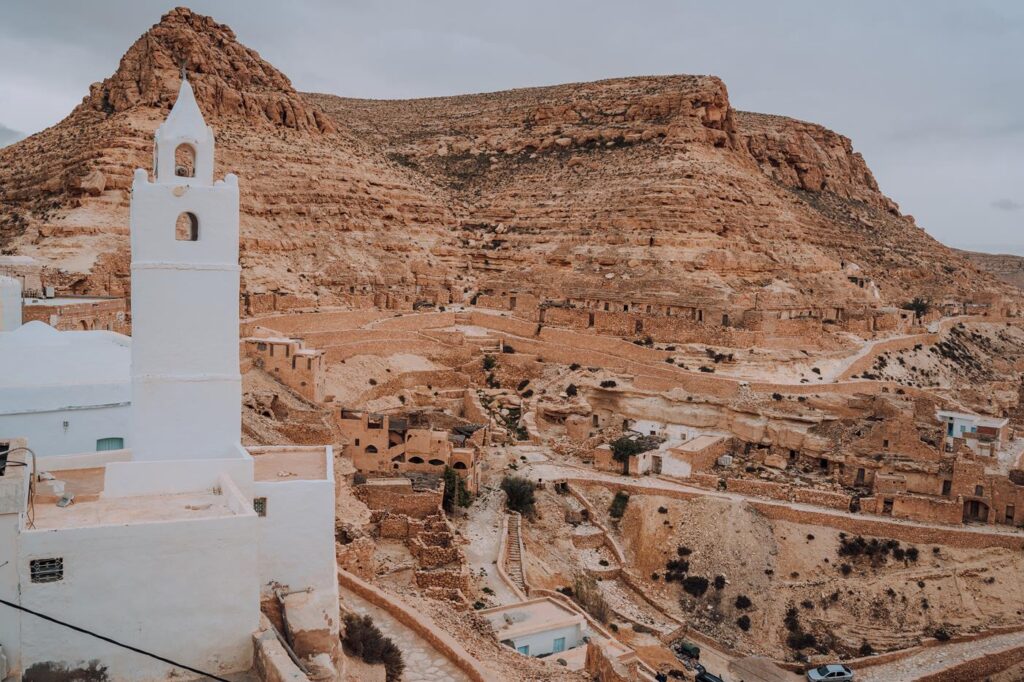
Douiret
Douiret is a less-known but equally fascinating village. Its layout resembles a labyrinth of houses and caves situated on rocky terraces. The town captivates with its raw beauty and atmosphere of abandonment, offering endless landscapes and grazing animals. Douiret also has a mosque, and I stayed overnight in an extraordinary hotel, a cave dwelling in Douiret. Staying in such a traditional house and eating meals prepared by women who have lived there for years provides insight into the lives of the locals. It’s an incredible experience that I highly recommend.
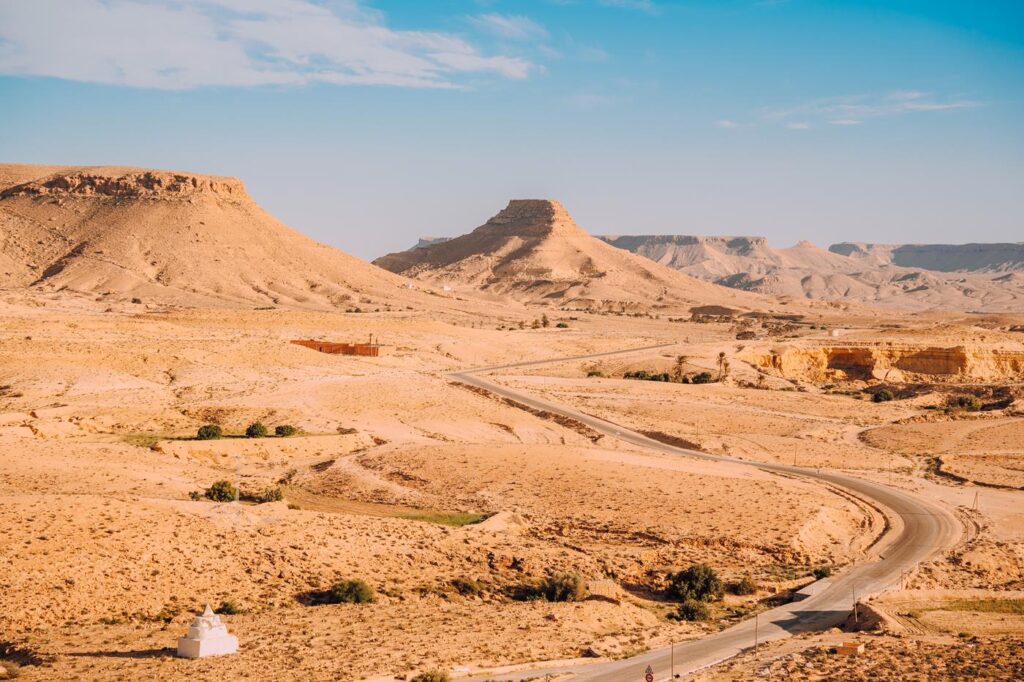
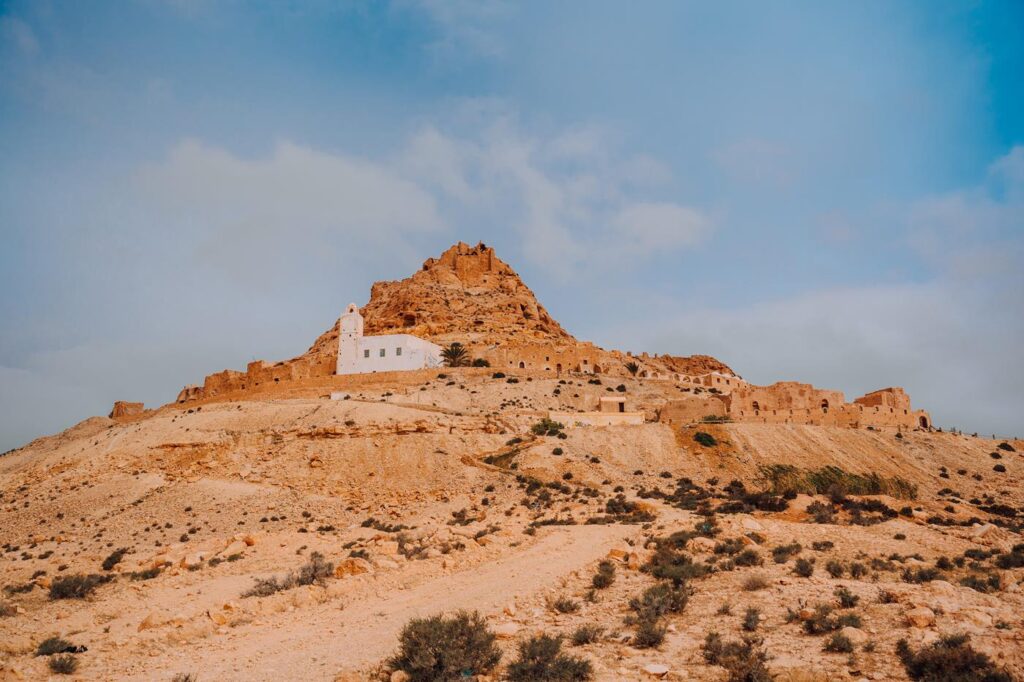
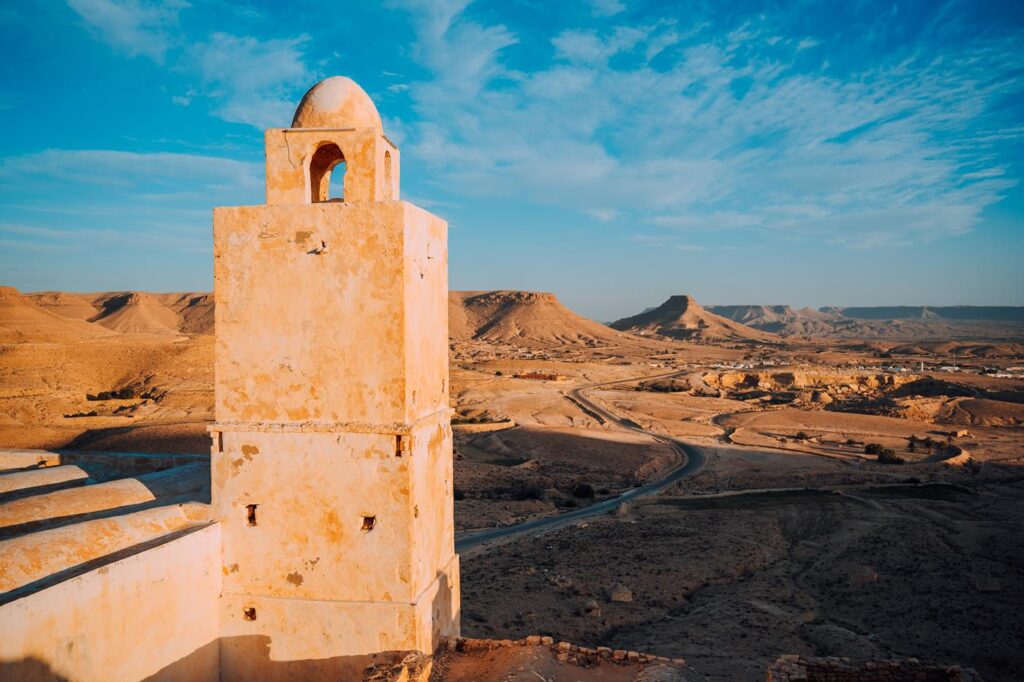
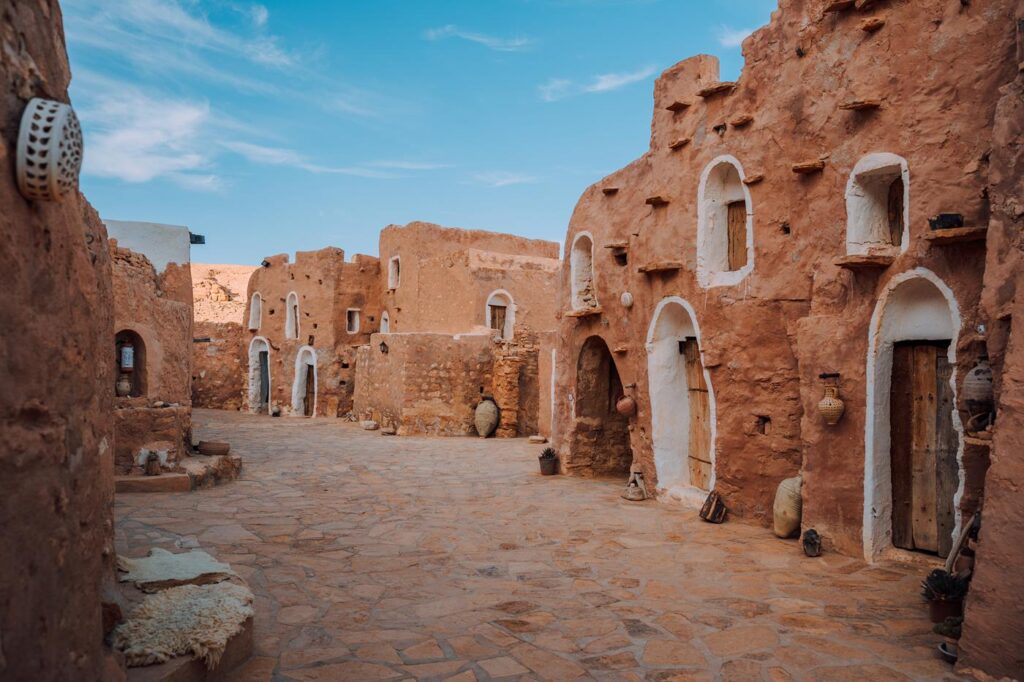
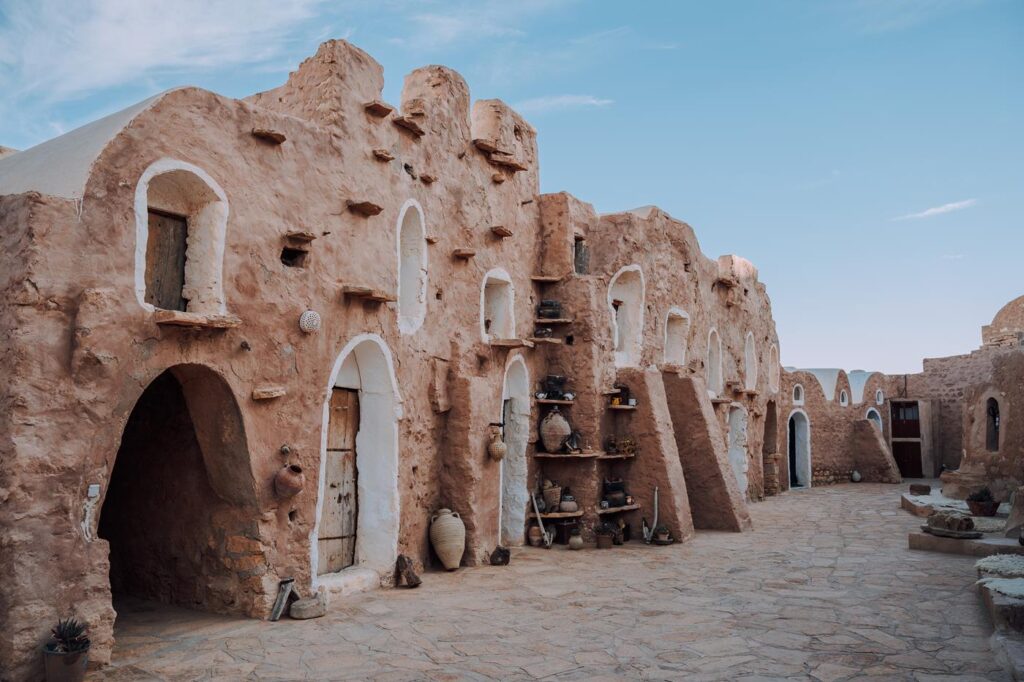
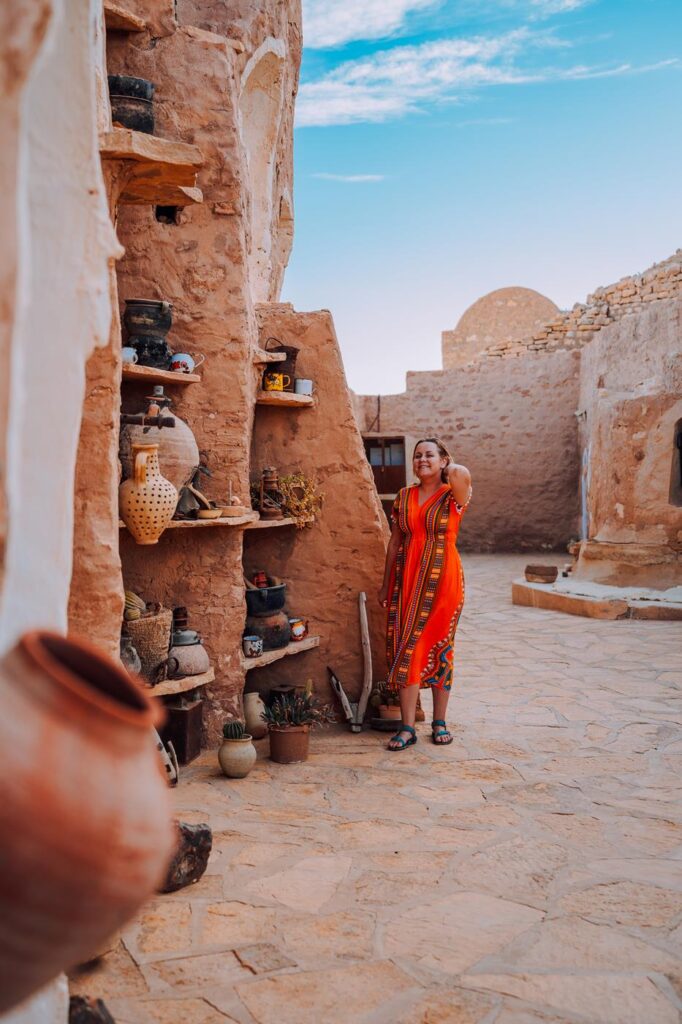
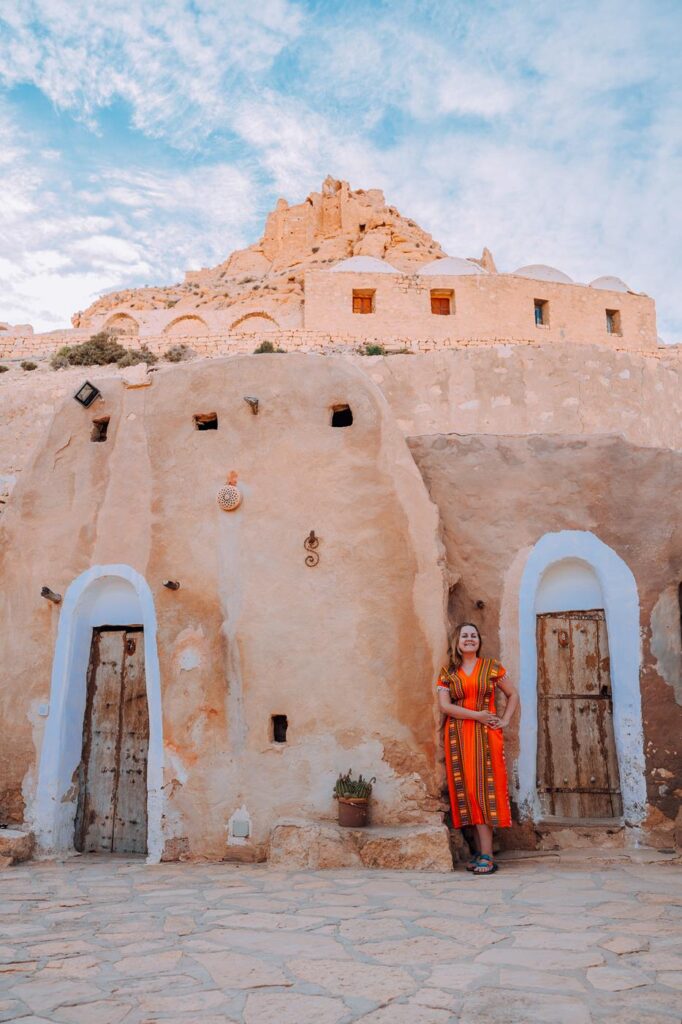
Troglodyte House
During my visit to the region, I had the extraordinary opportunity to meet the locals, who proudly preserve their traditions. One of the most touching moments was meeting a troglodyte family—a group living in the area around Matmata. Some still live in houses carved into the soft, sandy-clay rock, while others also host tourists like me.
Invited into one such home, we were hosted like old friends. In the middle of a small courtyard, a table awaited us where we could enjoy traditional bread. Made before our eyes, it was served with local olive oil and honey—a taste of simplicity that stays with you. During conversations, I learned more about their daily life, challenges, and traditions passed down through generations. I also had the chance to wear traditional attire—an incredibly fascinating experience.
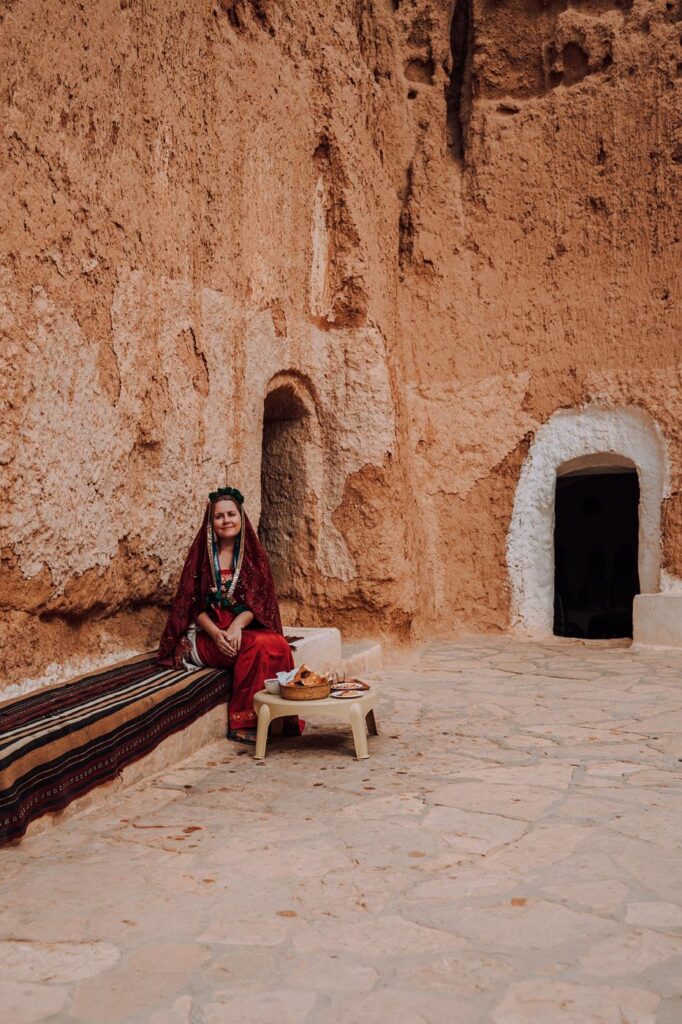
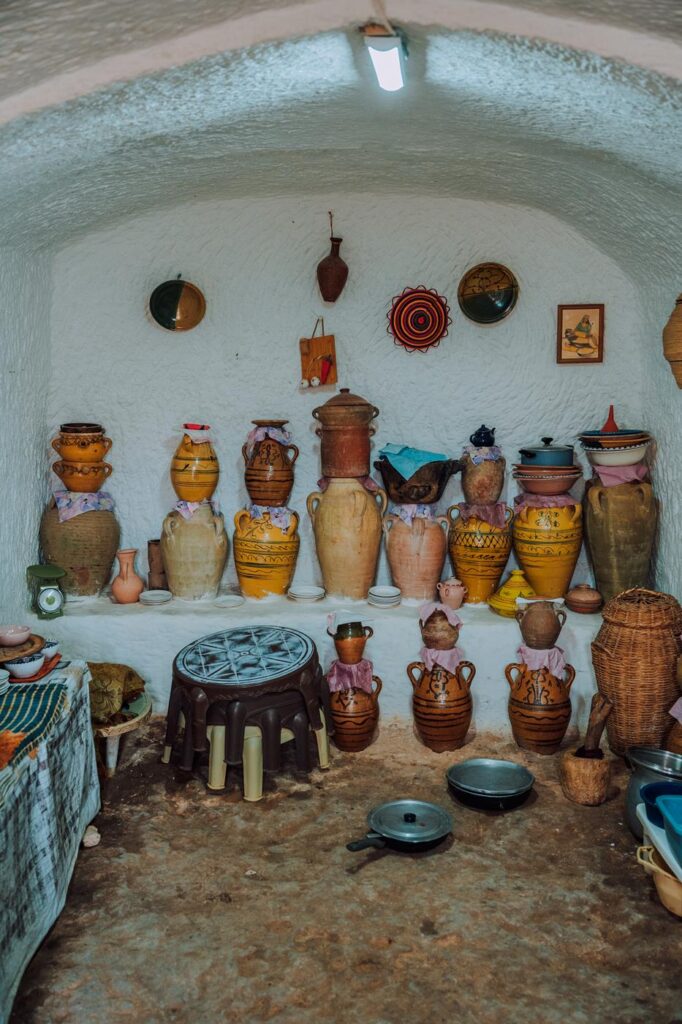
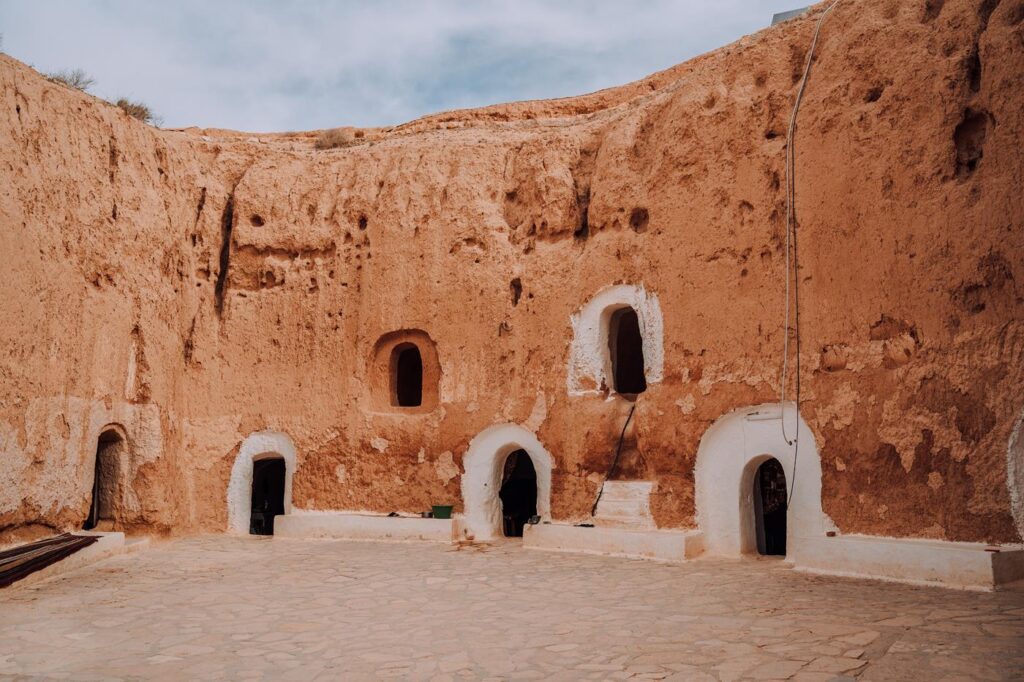
Ksar Ouled Soltane
This is one of the most impressive ksars in southern Tunisia, built in the 15th century. Also located in the Tataouine region, this ksar is a popular tourist destination, attracting visitors with its well-preserved architecture. Walking through this site, you can feel the spirit of history and imagine how Berber communities, facing harsh climatic conditions and threats, created such extraordinary spaces. The ksar covers two courtyards and has over 400 individual food storage cells.
This ksar also gained international fame thanks to the movie Star Wars: Episode I – The Phantom Menace. Scenes depicting the slave quarters of Mos Espa, where young Anakin Skywalker lived, were filmed here. Thanks to this cinematic role, Ksar Ouled Soltane became a unique landmark on Tunisia’s map.
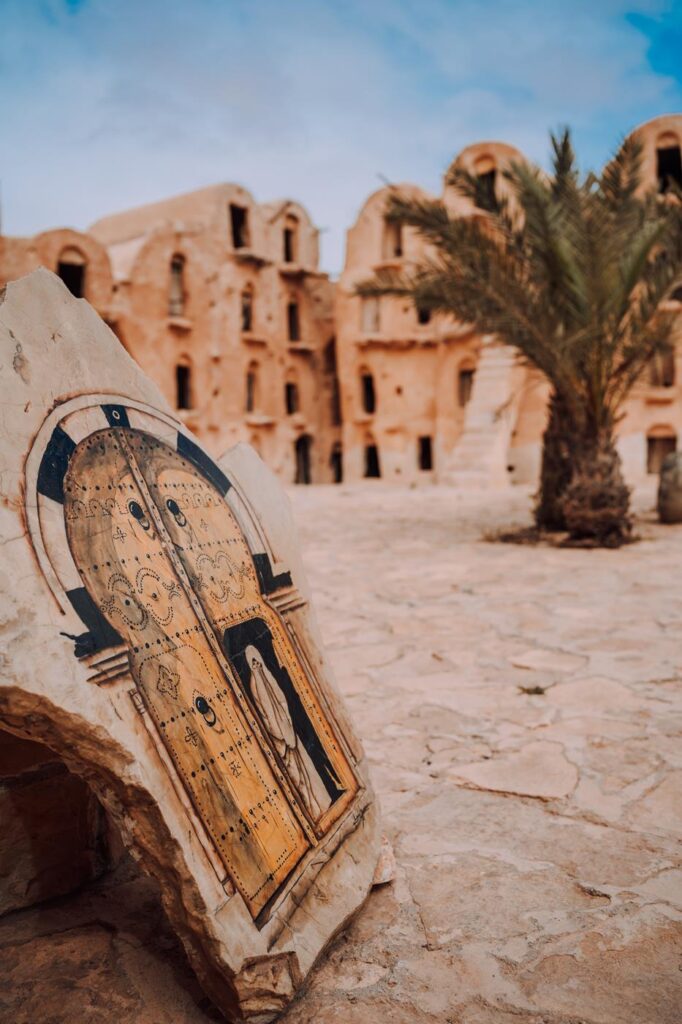
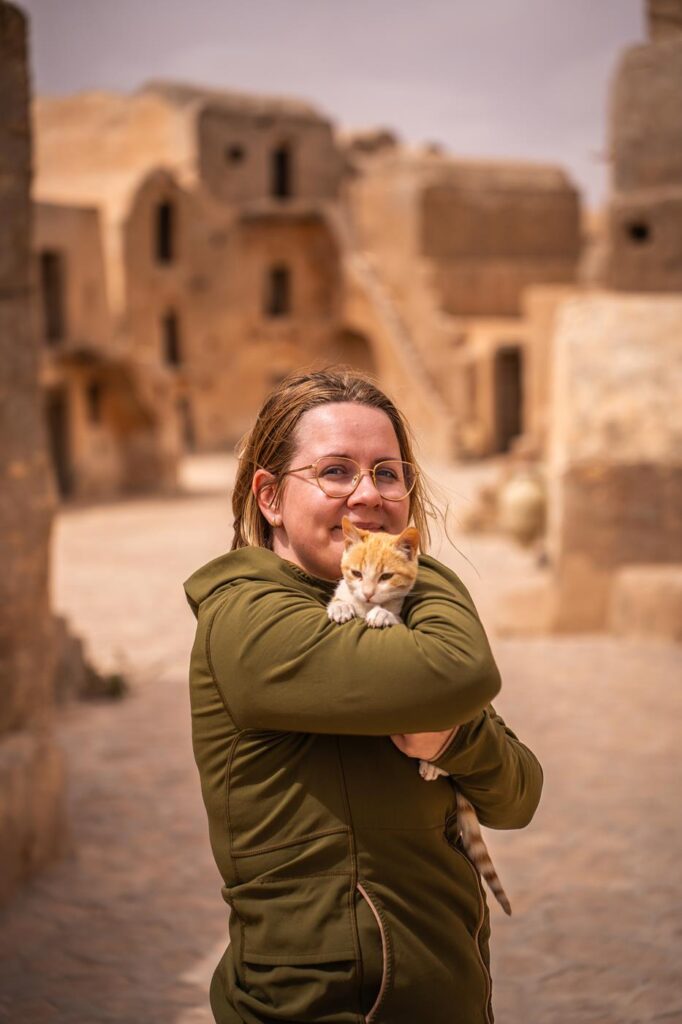
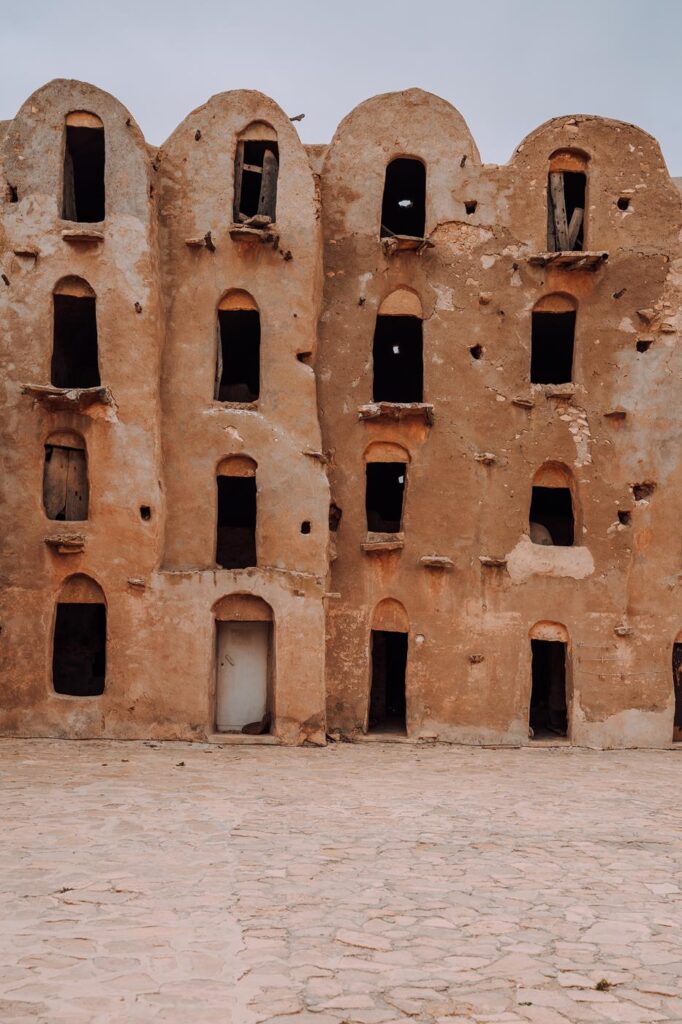

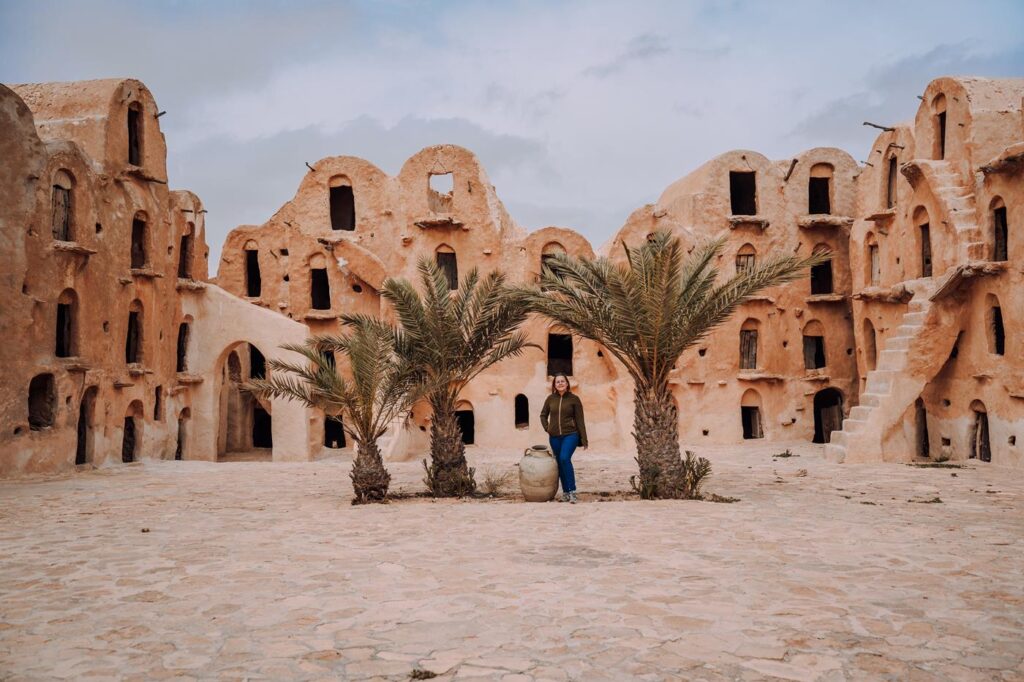
Walking through these settlements, you get the impression that every stone and every corner has its own story to tell. These are not just places to admire but also places where you can feel the atmosphere and the scent of the desert wind. Unfortunately, photos cannot fully capture this, so the only solution is to visit in person.
Read more about Tunisia here:
15 Best Places to Visit in Tunisia
If you’re interested in indigenous communities, check out:
Embera – Visiting the Indigenous People of Central America
The Akamba Tribe’s Manufactory – An Unusual Place in Mombasa